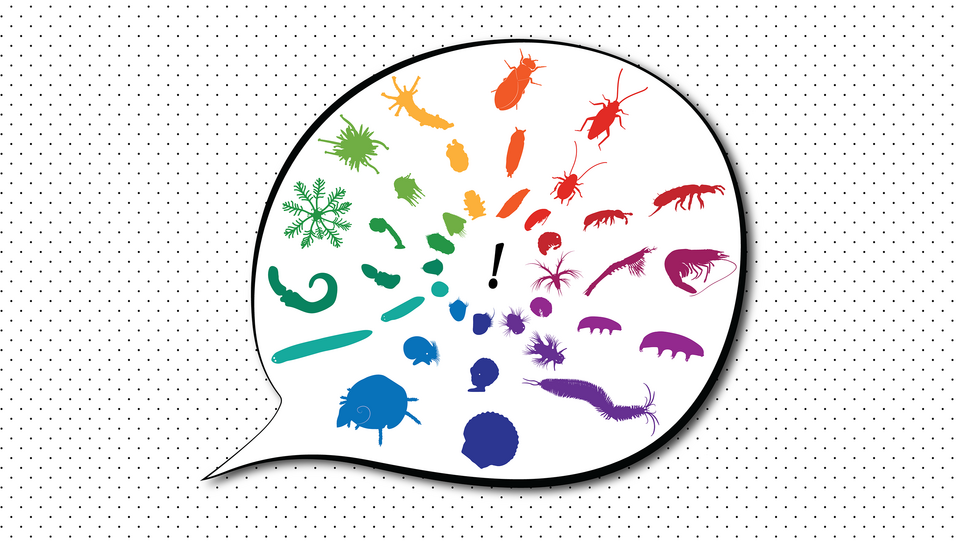Zieger E, Robert NSM, Calcino A & Wanninger A
Current Biology DOI: 10.1016/j.cub.2020.10.004. Published online October 29 2020
Summary
Ecdysis or molting evolved ~535 mya in Ecdysozoa, the most diverse and species-rich animal superphylum [1]. A cascade of ecdysis-related neuropeptides (ERNs) controls the innate behavioral programs required for cuticle shedding in some ecdysozoan lineages (e.g. arthropods) [2–12] but is lacking in others (e.g. nematodes) [13]. We recently reported on the surprisingly ancient bilaterian origin of key ERNs such as eclosion hormone (EH), crustacean cardioactive neuropeptide (CCAP), myoinhibitory peptide (MIP), bursicon alpha (Bursα), and bursicon beta (Bursβ) [13,14]. Thus, ERNs far predate the emergence of ecdysis, but the question as to their ancestral functions remains unresolved. Here, we compare the ERN toolkits and temporal expression profiles of six ecdysozoans (e.g. tardigrades, crustaceans, insects), eight lophotrochozoans (e.g. planarians, annelids, mollusks) and five deuterostomes (e.g. crinoids, sea urchins, hemichordates). Our results show that the major, coordinated upregulation of ERNs always coincides with a transition between key life history stages, such as hatching in direct developers and metamorphosis in indirect developers. This implies that ERNs already played an ancestral role in the switch from embryonic or larval ontogeny to juvenile maturation in the last common ancestor of Nephrozoa. Consequently, the transcriptional signature of invertebrate life cycle transitions presented here was already in place in the Precambrian and was only secondarily co-opted into regulating the molting process at the dawn of Ecdysozoa.
further information:
Moleküle zum "Aus-der-Haut-Fahren"
Medienportal der Universität Wien, 30 October 2020

